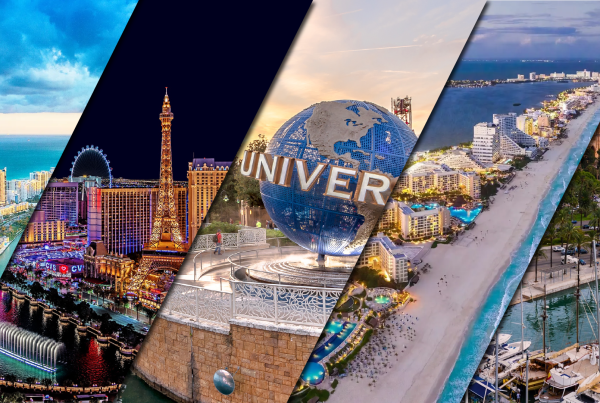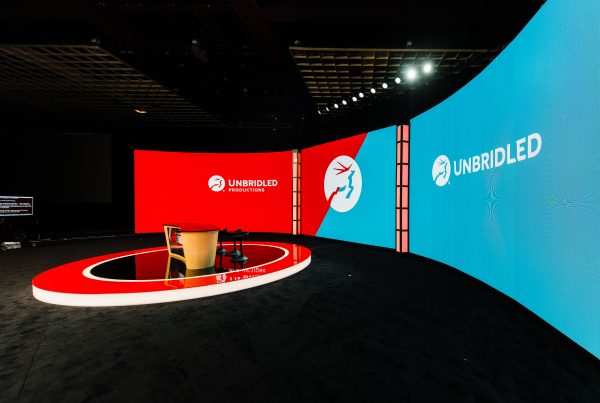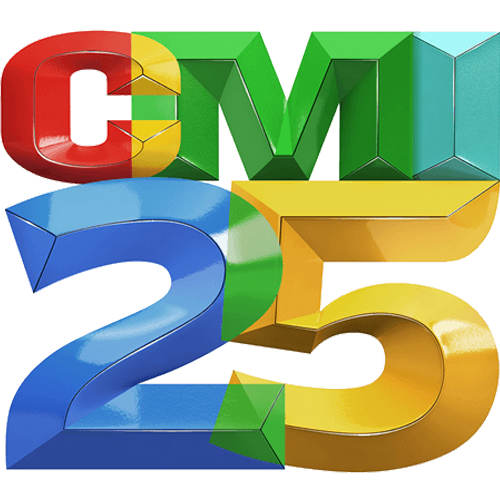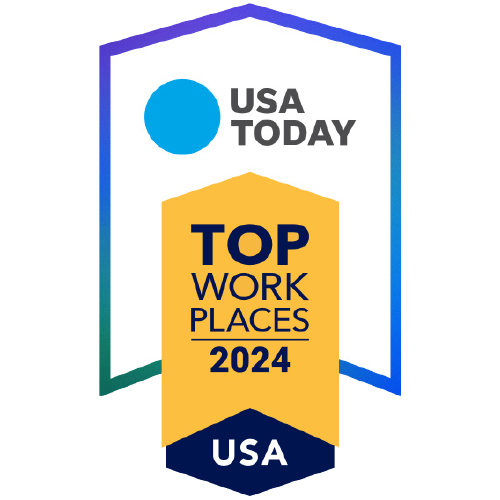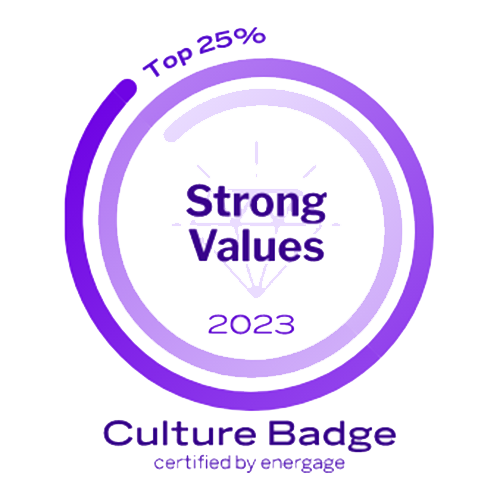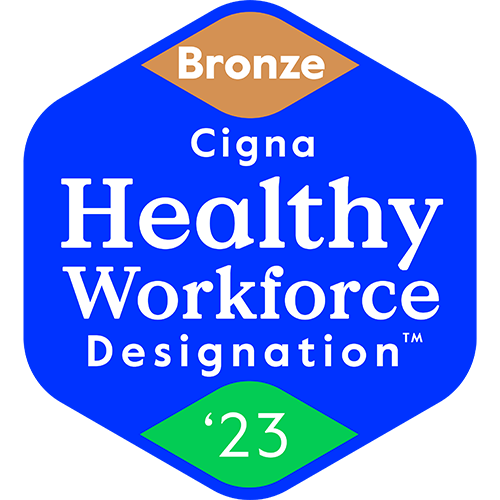Everyone wants a crystal ball.
Since the start of the pandemic, people have been opining about how it will end. And in the event space, thought leaders have gathered to discuss the future of events in podcasts, blogs, clubhouse hangouts, webinars, and social media posts.
These conversations draw upon the collective expertise of countless event professionals — but they often feel more like conjecture than informed examinations of what the future likely has in store. Publishers and providers alike shout the word “hybrid” like a mantra in hopes of returning to normal. Oftentimes, asking “to hybrid or not to hybrid” is merely an assessment of outcomes rather than a genuine question of why.
It’s time to focus on scenario planning.
Scenario planning is a strategic planning method that organizations use to make flexible long-term plans. HBR labeled scenario planning as “the most recognizable tool of strategic foresight”. With roots in military intelligence and modern application in unpredictable industries like oil and gas, scenario planning considers the exogenous forces in the world. This helps inform possible “scenarios,” which can later be applied when developing new strategies.
Scenario planning often involves aspects of systems thinking, specifically the recognition that multiple complex factors may combine to form surprising futures (due to non-linear feedback loops).
Why use scenario planning?
Well, if you follow along with today’s article, we’ll demonstrate how to move from conjecture to informed futures. We’ll also use our imagination to explore potential future worlds for events. The reward? You’ll gain the confidence to pivot and accomplish your goals no matter what changes may come.
Scenario planning will give you the tools to move forward despite ongoing uncertainty. In each scenario, we’ll outline a strategy for how to properly achieve your event goals.
Simon Sinek puts it nicely:
“Confidence doesn’t come from knowing what will happen. It comes from knowing that no matter what happens, you can adapt. Learn to get comfortable with the uncomfortable and confidently deliver even when you’re not ‘fully prepared’.”
Simon Sinek
British-American author and inspirational speaker
Bottom line: Scenario planning helps you move forward with confidence.
Applying scenario planning to imagine the future.
The following scenarios stem from the question: “What outside forces are affecting our events, and how do those forces shape the future of events?”
The purpose of scenario planning isn’t to forecast the future in incremental stages, but to envision altogether different potential worlds.
For example, scenario planning wouldn’t apply to strategy that accounts for a spread of attendance, ranging from low (800 attendees), medium (1,000), or high (1,200). Instead, scenario planning asks, “What if the world looks very different in seven months than the world we know today — or the world that we hope for?”
Scenario 1: Vaccines are rolled out, but demand has rolled back
In this world, the vaccines are largely rolled out across the world, apart from some developing nations. Still, there are some ongoing effects that reduce the demand for in-person events. For starters, just over half the U.S. population has opted to receive the vaccine, which has left a larger-than-anticipated subset of the population unvaccinated. Demand has also been slowed by vocal employee activists and gradual changes to local, state, and federal regulations. These ongoing restrictions have made organizations reluctant to hold in-person meetings.
Organizations wonder if they need the same events they hosted before the pandemic, or if they can replace some in-person meetings with virtual events.
Three forces reduce demand
- Organizations cutting costs.
- Organizational policy and culture have changed to be more work-from-home oriented, demanding less travel.
- When given the option, employees have opted for remote attendance, increasing demand or necessity for hybrid events and virtual events as a mainstay.
Implications of this scenario
- Learn more about your audience’s preference and get ahead of it rather than letting it surprise you.
- Don’t try to force the future. Be flexible and open-minded to change.
- Rethink your events playbook. Redesign your pattern of events to embrace the changing preferences and demands of your audience.
Scenario 2: Medicine, the elixir of modern life
In this world, vaccine rollouts are highly effective. They accelerate rapidly as fewer people get sick and transmission rates decrease. After some initial hesitation, the world collectively embraces vaccination both now and as an ongoing practice with booster shots. The news continues to look promising as new variants are still controlled through vaccines, and consumer confidence grows. After a year of being cooped up indoors, people are eager to travel — with only a minority suffering from a masked sense of agoraphobia. This group is accommodated through a requisite virtual attendance option, which is more about providing access than developing a robust hybrid event.
The challenge in this world is inventory. Organizations quickly realize the demand is driving prices and availability for hotels and venues.
Implications of this scenario
- Be decisive and quick with sourcing.
- Lead with optional in-person attendance but expect less demand for virtual attendance.
- Double down on in-person gatherings. Consider adding events that focus on letting people reconnect rather than teaching new material.
Scenario 3: Demand dysrhythmia
In this world, vaccines are largely rolled out across the world, but society is still having trouble stabilizing. Only half of the U.S. opts in for the vaccine and political noise continues to obfuscate information. Demand is similarly confused as organizations are trepidatious about holding in-person events. Most people are waiting for the world to move on and for the noise to stop. Everyone is simply trying to make sense of things.
In this scenario, demand for in-person events is difficult to determine. Some organizations return to normal, especially small/private companies. Pharmaceutical companies, which often host many meetings, try to decide if they need to train the same type of salesforce. This reassessment of event patterns takes time to reestablish organizational needs. Some companies cut costs, while others – such as those in the tech industry – are thriving.
Most employees are in favor of traveling, but social dysrhythmia has also impeded many traditional business trips. Many organizations retain videoconferencing plans from the pandemic. With the future of in-person corporate events uncertain, most organizations opt for virtual events and distributed events.
Implications of this scenario
- Companies will look for guidance as they navigate this disruption. They may seek providers/consultants to help them cope with change.
- Hotels/venues will find cautious buyers asking for more flexibility.
- Buyers will have less insight into hotel room demand, causing uncertainty in planning.
- Companies will prepare to manage their workforces in new ways. Best practices will be developed along the way.
- It will become critical for companies to produce a spectrum of events, including small in-person events that focus more on the virtual audience.
Scenario 4: The great reaction
In this world, attention shifts from the virus as inflation and a slow return of industry work gradually erode the American economy. As financial troubles spread across the U.S., many businesses are forced to take early and drastic cost-cutting measures in which travel, entertainment, marketing, and events are heavily slashed. The U.S. government has run out of room to print money as inflation and debt start to adversely affect the strength of the U.S. dollar. Focus moves to China’s new digital currency. As these issues compound, the U.S. enters the “Great Reaction” — an economic depression caused by the response to COVID-19.
The Great Reaction doesn’t happen instantly, and it doesn’t affect all businesses equally. Some industries, like tech, continue to grow but also have less demand for in-person events. They continue to develop more robust virtual experiences. Pharma and Biotech events continue, but their budgets are reduced. Meanwhile, industries like retail face severe challenges — they see events as a means to respond to drastic change.
Implications of this scenario
- As some businesses attempt to stay solvent in the Great Reaction, initial cost cutting leads to cancellations or minimized live events. Companies stick with virtual events for larger audiences.
- Other events thrive as in-person experiences differentiate the haves from the have-nots. As less fortunate companies still look for ways to communicate with their people, they must rely on virtual events, internal communications, and video calls.
- Hotels and venues seek to recover losses in a variety of ways. Putting pressure on margins, budgets, and contract durations are critical as service providers attempt to do more with less.
Scenario 5: The (ubiquitous) “new normal”
In this world, the phrase “new normal” defines many industries and ways of working. The world has changed. Virtual events are improved. More employees work from home. Generally, things are in flux — but it’s an optimistic flux. With high percentage GDP growth ahead, the economy is on the up and up.
How does the new normal affect events? Hybrid events are the new standard, and employees begin to opt for more in-person interaction over time; however, at first, it’s split. Events begin to blur the lines between physical and digital, which is a trend that continues all the way into VR events. In this world, virtual meetings maintain an ongoing position in the corporate events stack. Budgets increase to accommodate both attendee types. In the new normal, people are hungry for connection and transformative experiences. Mental health, loneliness, and collective trauma come to the forefront, creating more demand for in-person interaction.
Implications of this scenario
- Event owners want a “new” normal experience, whether that’s facilitated through the hotel, the provider, or the destination management company; these institutions must understand the new climate and its needs.
- New language is introduced, signifying change. Hybrid, fluidity, strategy, and design thinking all become part of the new events conversation. “Event planning” is a term associated with an old way of thinking.
- New types of events emerge, such as distributed events, in which attendees attend the same event while in different cities.
Interactive Poll: Which scenario do you imagine is most likely?
Now what? Start looking for signals.
The power of scenario planning is not necessarily about correctly predicting the future; it’s about imagining plausible worlds that are informed by potential outcomes of present circumstances. These indicators are what scenario planners call “signals.”
Signals are like early warning signs that you’re headed into a particular scenario. You can think of them as article headlines. Here are some examples that may apply to the scenarios above:
- Vaccine programs slow across the nation though only half of U.S. adults are vaccinated.
- Travel is back to pre-pandemic levels thanks to vaccines.
- States differ on approaches to pandemic, leaving many residents uncomfortable and uncertain.
- The senate turns down a fourth stimulus package as airlines and other industries enter financial decline.
- Live concerts are back with a twist on “the usual” format.
After you identify a signal, it’s important to inquire deeper by reading beyond the headlines. Dive deeper into supportive data and research. It’s important not to develop a worldview based on headlines alone. So, look into a trusted resource like Pew Research, Statista, Gallup, Gartner, and others to form a complete understanding of the topic at hand.
In addition to analyzing outside research, one of the best ways to speculate how your events will land is to intentionally survey your attendee base in advance.
Closing thoughts
Devising scenarios for your overarching event strategy can take time to put into practice. However, when successfully integrated, this method provides invaluable insight into future outcomes. This empowers you to not only move forward with confidence but to also find opportunity amid uncertainty. It’s the next best thing to having a crystal ball.
Always remember, purpose transcends uncertainty. Facing operational challenges doesn’t mean the show can’t go on. As Eleanor Roosevelt once said, “The future belongs to those who believe in the beauty of their dreams.”




